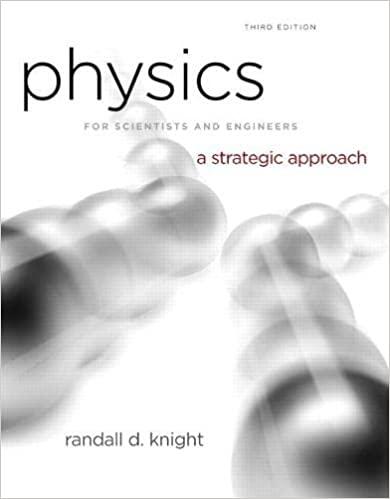Question
Evaluation in Sport 1, Fully define the term assessment. 2, Fully define the term authentic assessment and provide examples. 3, Describe the advantages of authentic
Evaluation in Sport
1, Fully define the term assessment.
2, Fully define the term authentic assessment and provide examples.
3, Describe the advantages of authentic assessment.
4, Fully describe at least three elements that you can assess when you observe your athletes during game play situations.
5, Define and describe at least four advantages of using continuous assessment.
6, Fully explain the phrase, "assessment informs instruction."
7, Compare the differences between formative and summative assessment and explain the advantages of formative assessment.
8, In your own words, describe what a rubric is by imagining you are explaining it to someone who knows nothing about it.
9, What do you include in your rubric and what do you leave out?
10, Is it a good idea to share your rubric with your athletes? Why or why not?
11, Describe in detail at least five guidelines in creating a rubric.
12, In creating levels in your rubric, why is it good to ask yourself the question, 'what does it look like?'
13, Someone else using your rubric to assess a student should come up with the same score that you got for that student. Why?
Step by Step Solution
There are 3 Steps involved in it
Step: 1

Get Instant Access to Expert-Tailored Solutions
See step-by-step solutions with expert insights and AI powered tools for academic success
Step: 2

Step: 3

Ace Your Homework with AI
Get the answers you need in no time with our AI-driven, step-by-step assistance
Get Started


